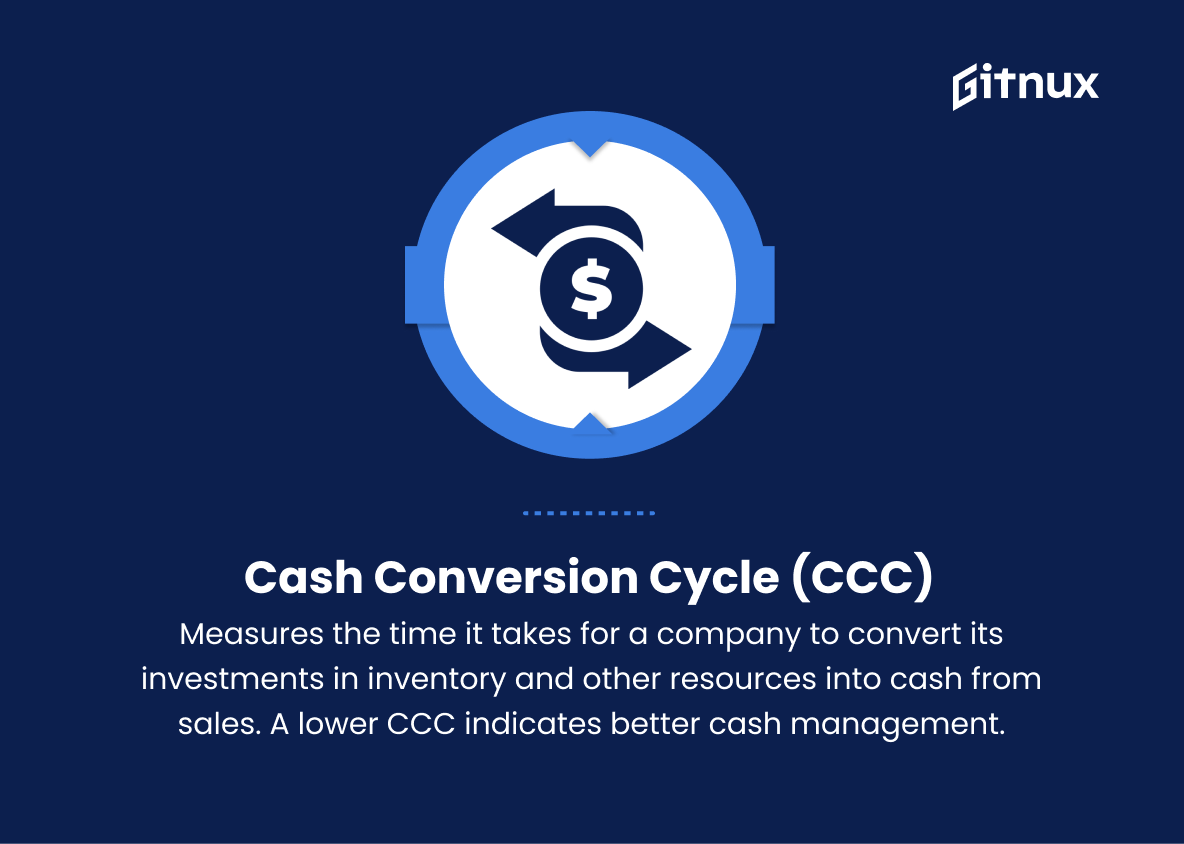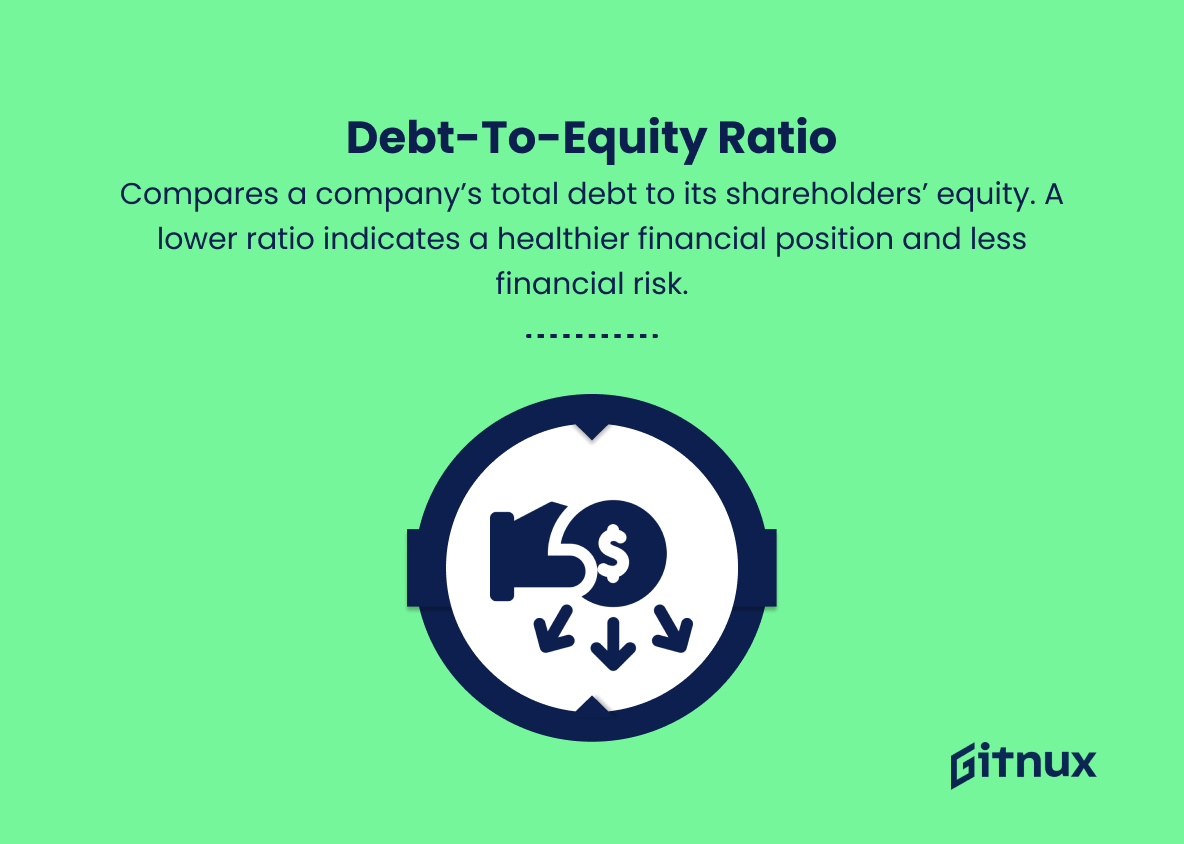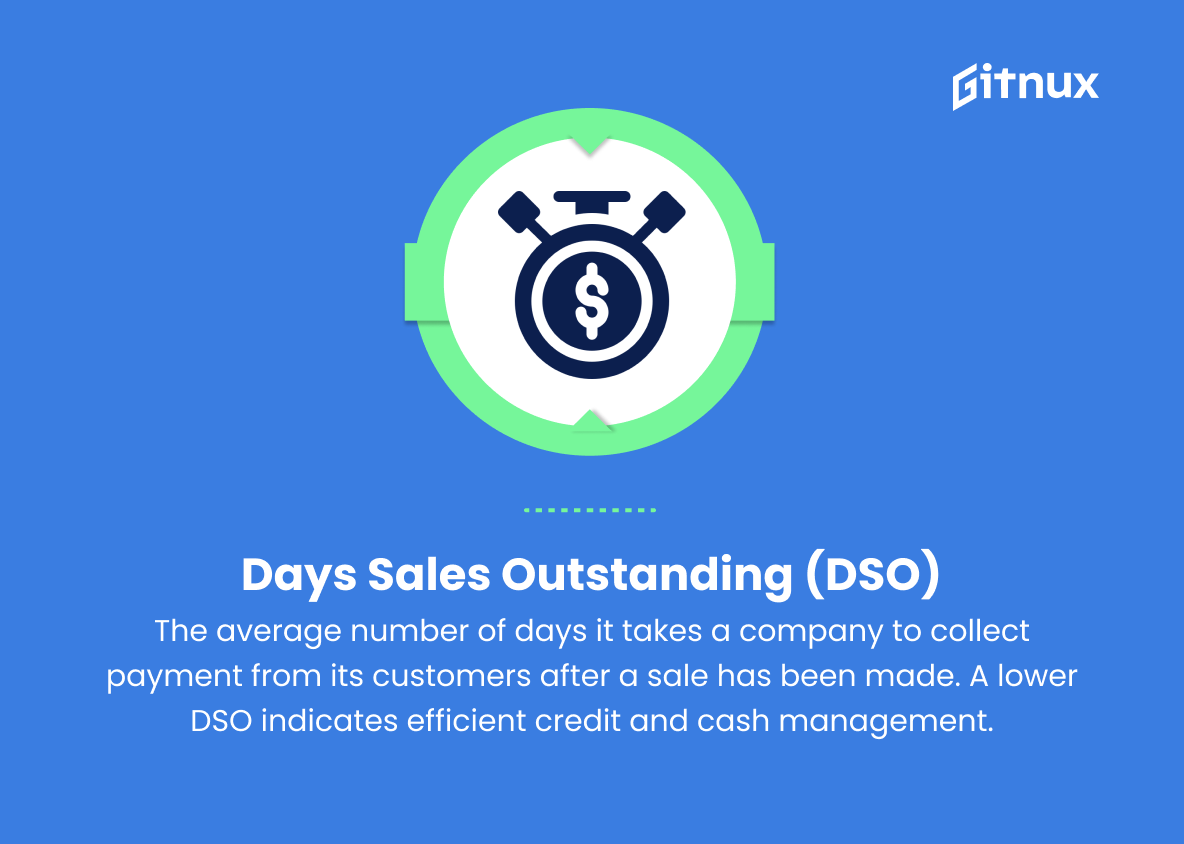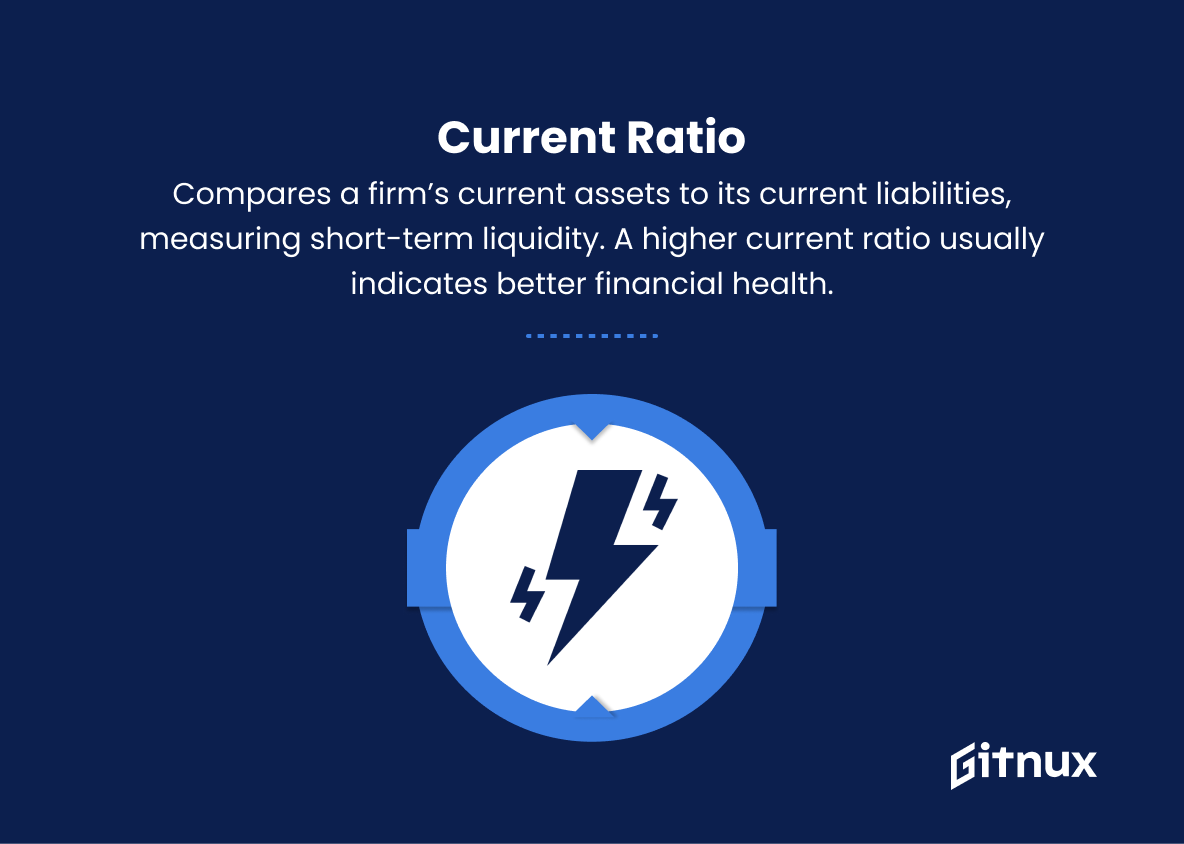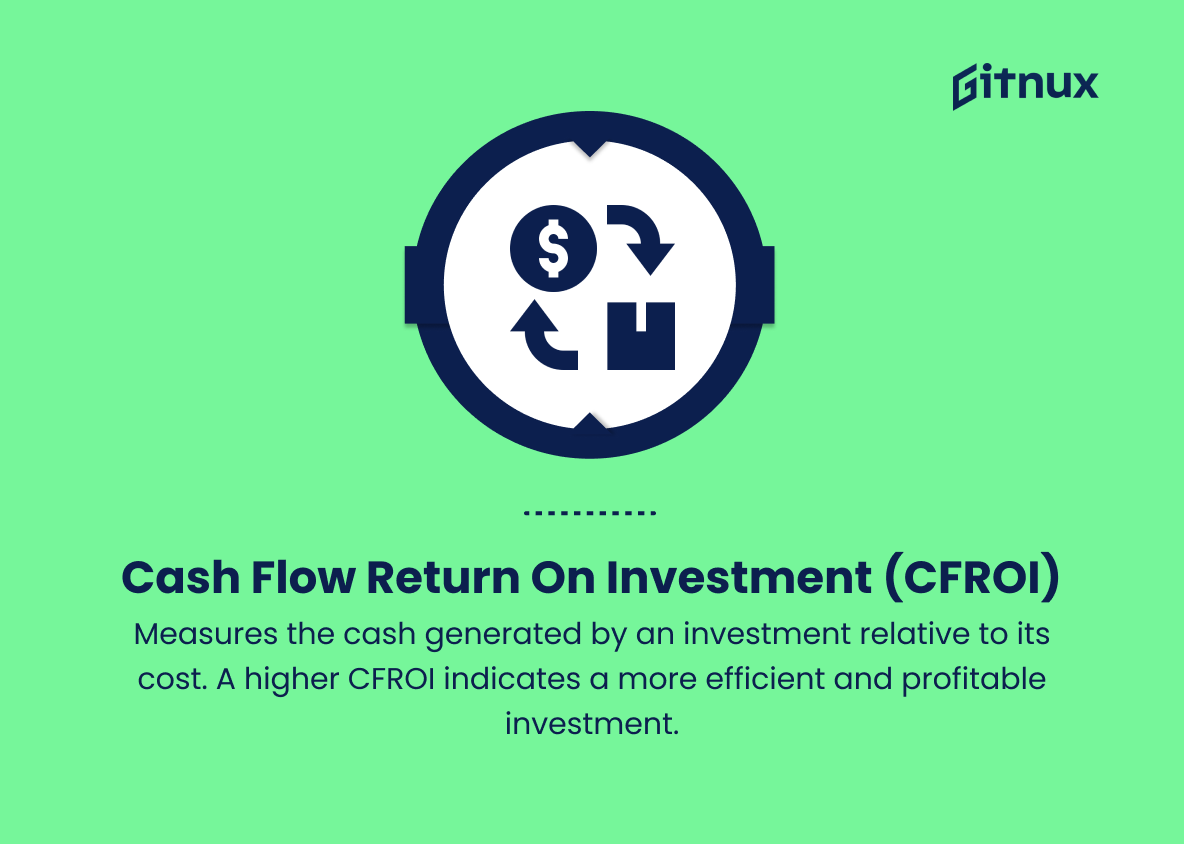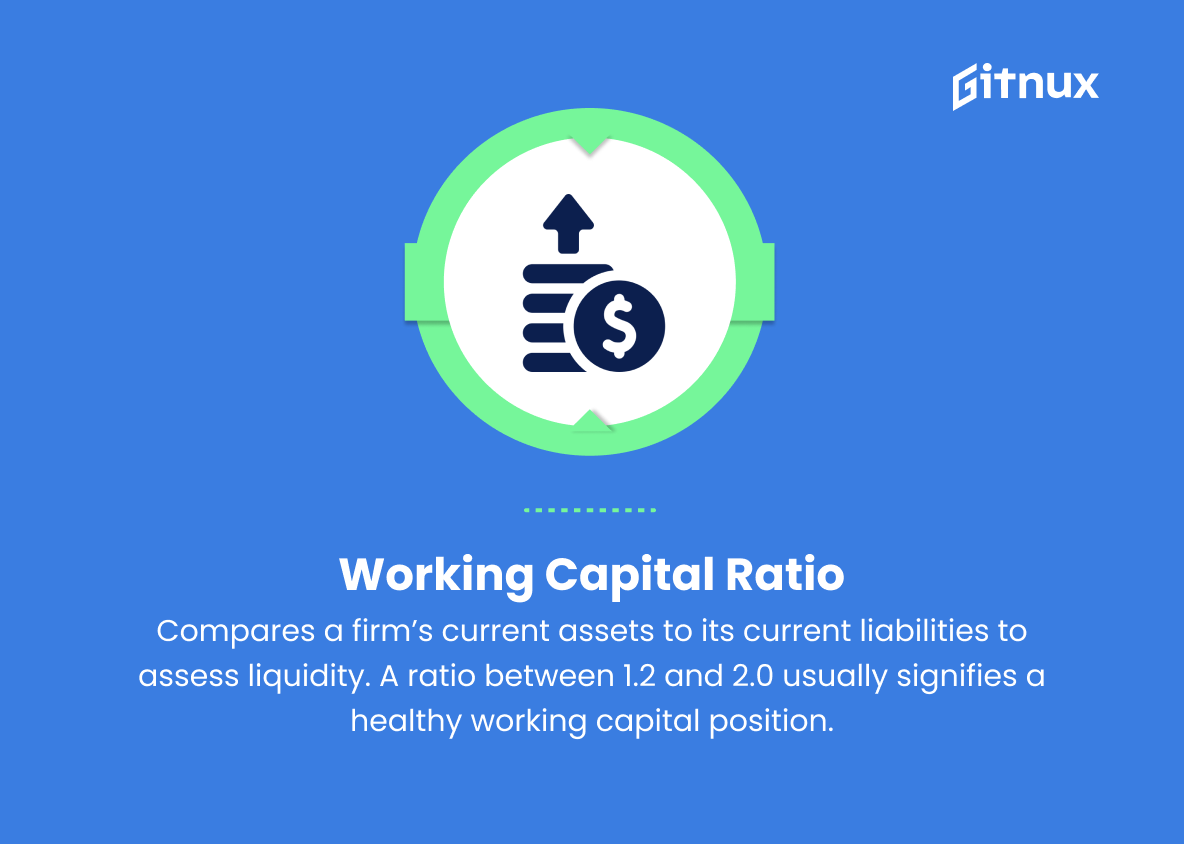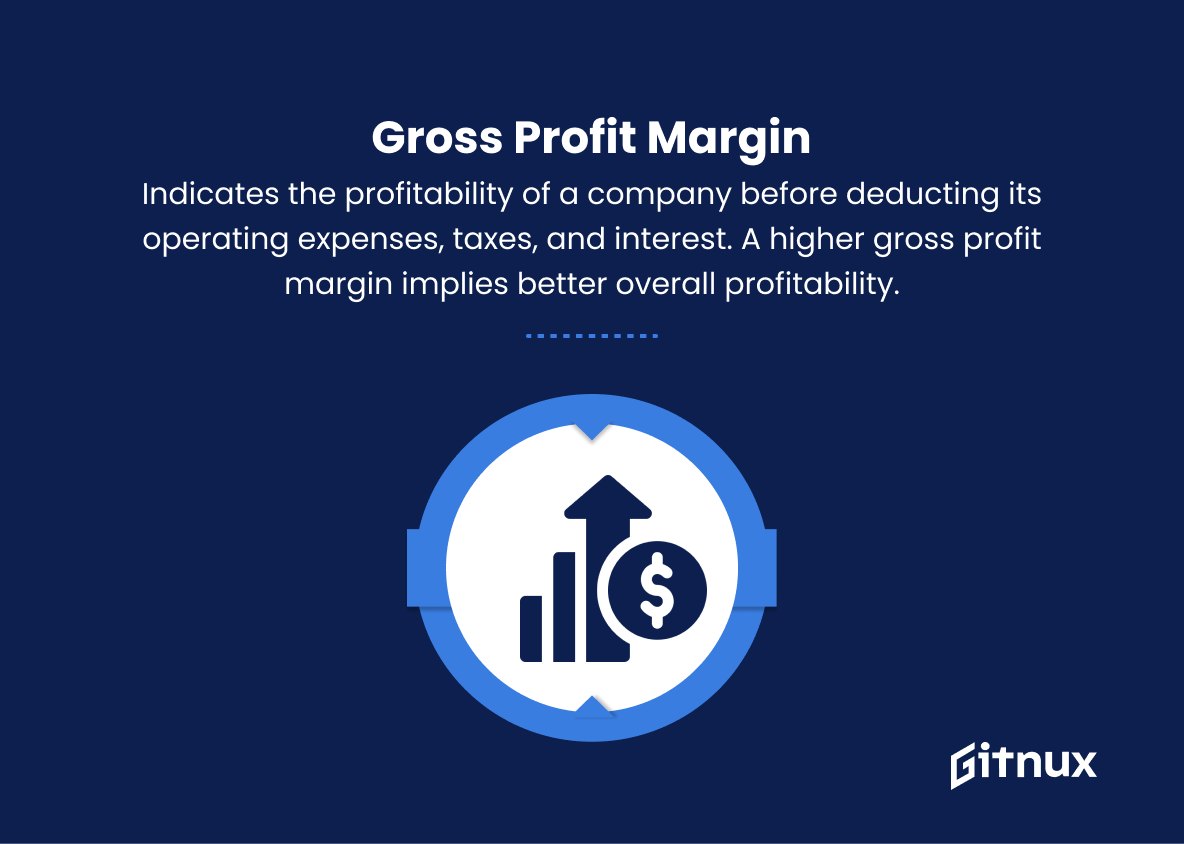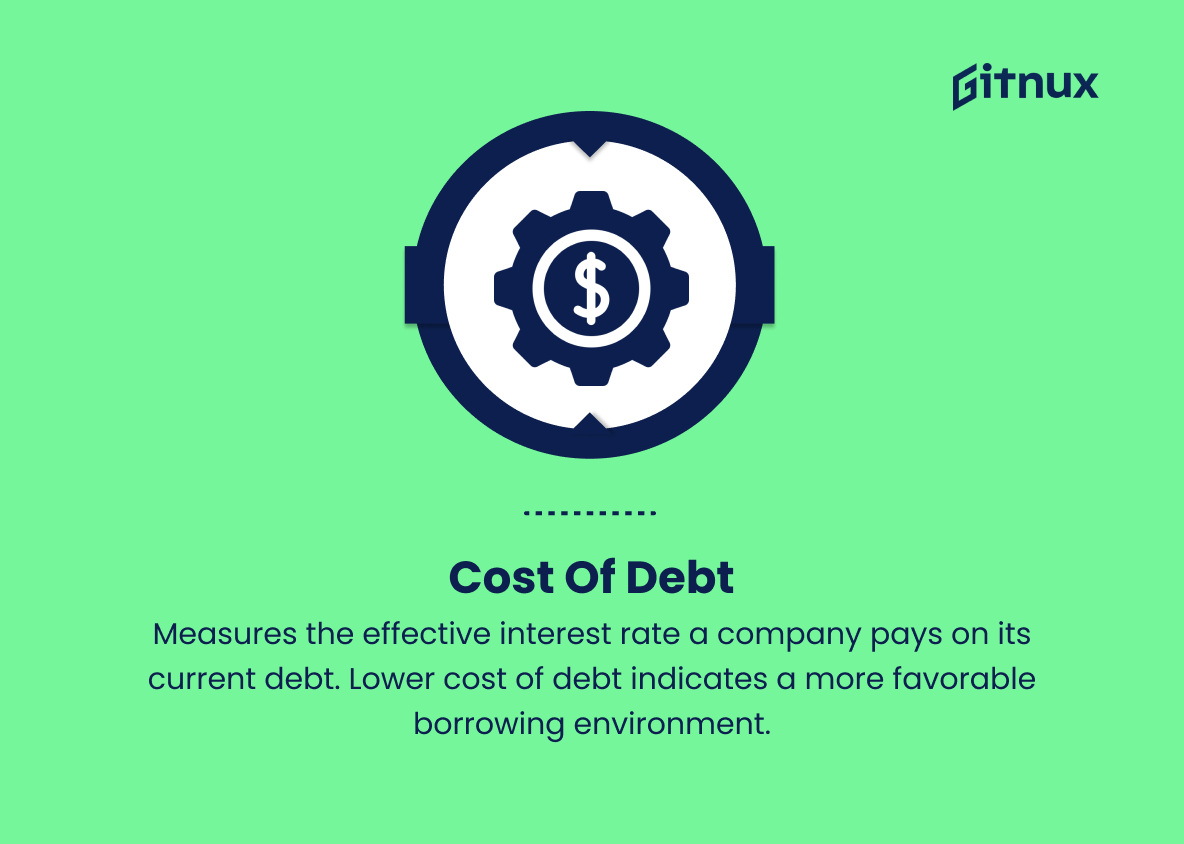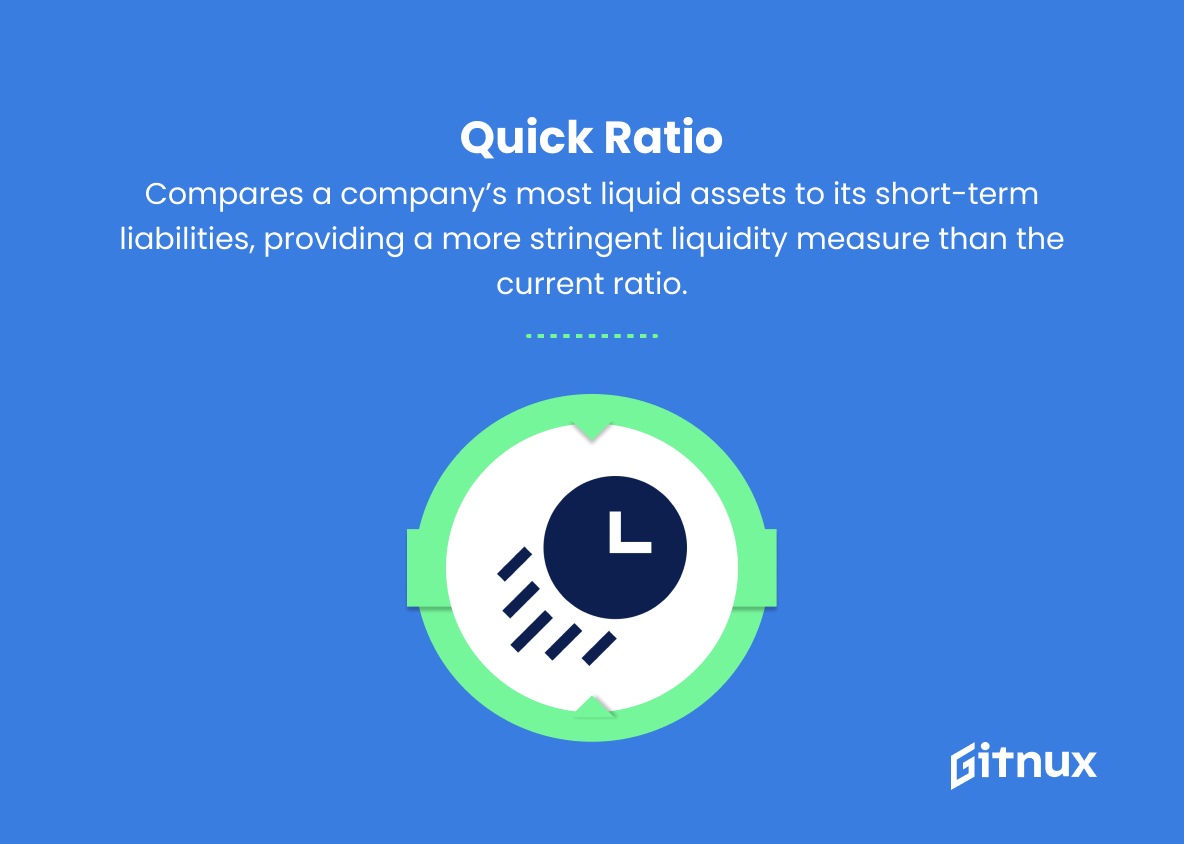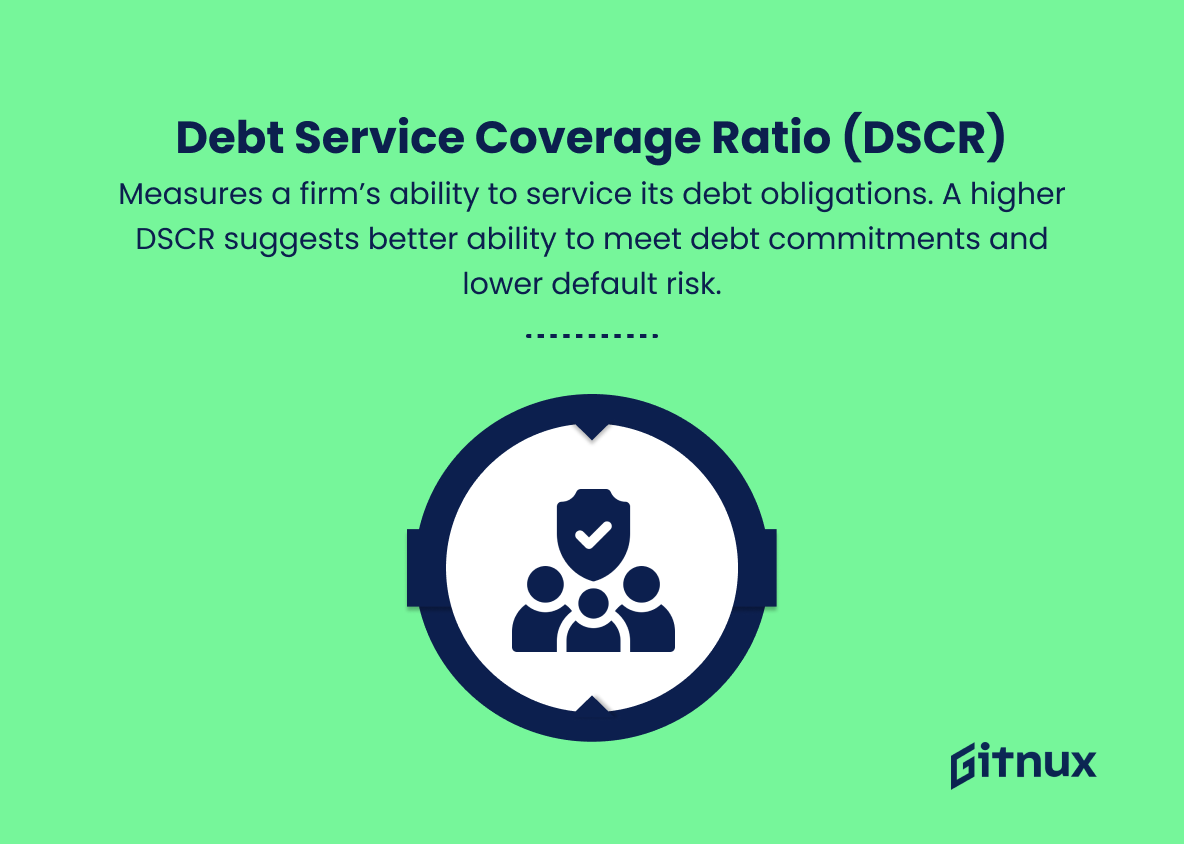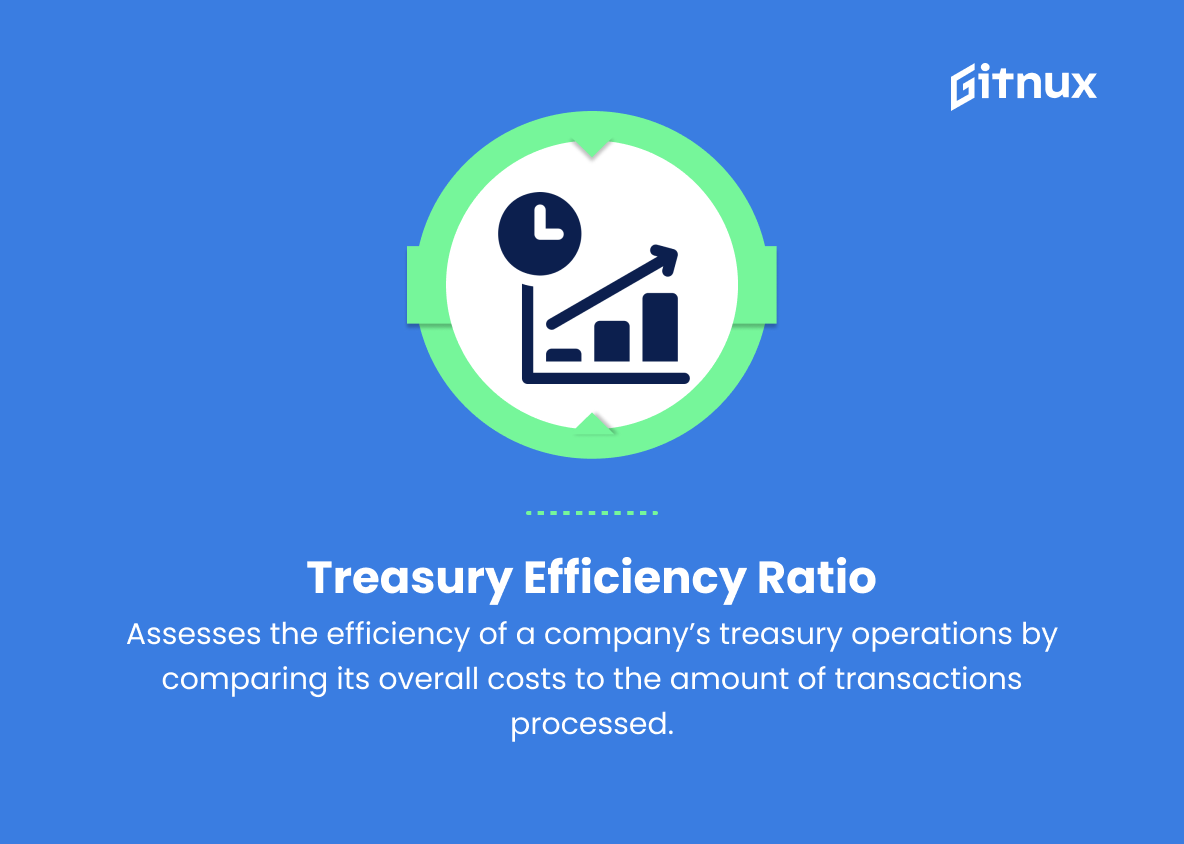In today’s rapidly evolving business landscape, maintaining a strong and resilient financial structure is crucial for the long-term success of any organization. One fundamental aspect of effective financial management is the ongoing monitoring and evaluation of key performance indicators (KPIs) within the treasury function.
Treasury KPIs serve as essential tools that enable organizations to track progress, evaluate effectiveness, and make data-driven decisions to optimize their treasury operations. In this in-depth blog post, we will explore the importance of establishing and monitoring treasury KPIs, as well as delve into the most critical KPIs every organization should consider adopting to ensure a robust financial foundation.
Treasury KPIs You Should Know
1. Cash Conversion Cycle (CCC)
Measures the time it takes for a company to convert its investments in inventory and other resources into cash from sales. A lower CCC indicates better cash management.
2. Debt-to-Equity Ratio
Compares a company’s total debt to its shareholders’ equity. A lower ratio indicates a healthier financial position and less financial risk.
3. Days Sales Outstanding (DSO)
The average number of days it takes a company to collect payment from its customers after a sale has been made. A lower DSO indicates efficient credit and cash management.
In today’s rapidly evolving business landscape, maintaining a strong and resilient financial structure is crucial for the long-term success of any organization.4. Current Ratio
Compares a firm’s current assets to its current liabilities, measuring short-term liquidity. A higher current ratio usually indicates better financial health.
5. Cash Flow Return on Investment (CFROI)
Measures the cash generated by an investment relative to its cost. A higher CFROI indicates a more efficient and profitable investment.
6. Net Debt
Shows the total debt minus cash and cash equivalents. A lower net debt is favorable as it indicates a company is in a stronger financial position.
7. Interest Coverage Ratio
Gauges a company’s ability to meet its interest payments on outstanding debt. A higher ratio indicates better financial health and lower default risk.
8. Return on Equity (ROE)
Measures the profitability of a company in relation to its equity shareholders. A higher ROE indicates better financial performance.
9. Working Capital Ratio
Compares a firm’s current assets to its current liabilities to assess liquidity. A ratio between 1.2 and 2.0 usually signifies a healthy working capital position.
10. Gross Profit Margin
Indicates the profitability of a company before deducting its operating expenses, taxes, and interest. A higher gross profit margin implies better overall profitability.
11. Cost of Debt
Measures the effective interest rate a company pays on its current debt. Lower cost of debt indicates a more favorable borrowing environment.
12. Quick Ratio
Compares a company’s most liquid assets to its short-term liabilities, providing a more stringent liquidity measure than the current ratio. A higher quick ratio indicates better short-term financial health.
13. Yield to Maturity (YTM)
The total return anticipated on a bond if it is held until it reaches maturity. A higher YTM, all else being equal, indicates more attractive investment opportunities.
14. Debt Service Coverage Ratio (DSCR)
Measures a firm’s ability to service its debt obligations. A higher DSCR suggests better ability to meet debt commitments and lower default risk.
15. Treasury Efficiency Ratio
Assesses the efficiency of a company’s treasury operations by comparing its overall costs to the amount of transactions processed. A lower ratio implies better treasury efficiency.
Treasury KPIs play a crucial role in assessing the financial health, efficiency, and performance of a company.Treasury KPIs Explained
Treasury KPIs play a critical role in assessing a company’s financial health, efficiency, and performance. They help evaluate the effectiveness of cash management (cash conversion cycle), financial stability (debt-to-equity ratio, net debt), and liquidity (current ratio, working capital ratio, quick ratio). KPIs such as DSO and Treasury Efficiency Ratio indicate operational efficiency in credit, cash management and treasury operations, while profitability-focused KPIs such as CFROI, ROE and Gross Profit Margin reflect a company’s financial performance and investment potential.
The ability to service debt and manage borrowing costs is assessed through measures such as interest coverage ratio, cost of debt, and debt service coverage ratio. Yield to Maturity helps identify attractive bond investment opportunities. Taken together, these ratios provide a comprehensive view of a company’s financial position, which is important to stakeholders such as investors, creditors, and management.
Conclusion
In summary, Treasury Key Performance Indicators (KPIs) are essential tools for assessing the performance and effectiveness of a company’s treasury function. By implementing and monitoring these KPIs, companies can identify potential problem areas, optimize liquidity management, and make informed strategic decisions.
By identifying and focusing on the most relevant KPIs, companies can ensure that their treasury department plays a critical role in safeguarding their financial health and contributing to the overall success of the business. As financial markets and the global economy continue to evolve, treasury KPIs should also adapt to the ever-changing landscape and ensure that companies remain agile and competitive in today’s financial world.
